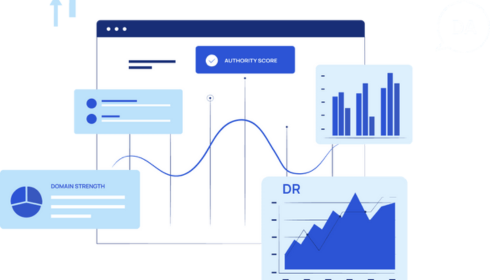In the world of digital marketing, staying ahead of your competition requires a deep understanding of various SEO metrics. Among the most significant are Page Authority (PA) and Domain Authority (DA) — two scores developed by Moz to predict how well a specific page or domain will rank in search engine results. If you’re planning to improve your website’s visibility, knowing how to check PA and DA is essential.
What are PA and DA?
Before learning how to check them, it’s important to understand what these metrics represent.
Domain Authority (DA) refers to the overall strength of a website. It ranges from 1 to 100, with higher scores indicating a better ability to rank. DA is calculated based on multiple factors including the number of backlinks, quality of those links, and other SEO factors.
Page Authority (PA), on the other hand, is similar but focuses on individual pages within a website. This helps assess how well a specific page will perform in search engine results.
Both scores are logarithmic, which means increasing from 20 to 30 is easier than going from 70 to 80. These scores are useful benchmarks for comparing websites, planning outreach strategies, or understanding competitor performance.
Why Check PA and DA?
Here are some reasons why checking these metrics is crucial:
- SEO Benchmarking: You can compare your site’s DA and PA with competitors to see where you stand.
- Backlink Strategy: If you’re planning to build backlinks, targeting high-DA sites will provide more value.
- Content Optimization: Pages with low PA might need better content, optimization, or internal linking to rank higher.
- Client Reporting: If you’re an SEO professional, showing DA and PA growth is an effective way to demonstrate results to clients.
How to Check PA and DA of a Website
There are several tools and methods available online to check your site’s authority scores:
1. Moz Link Explorer
Moz’s own tool, Link Explorer, is the most accurate way to check these metrics. Simply enter your URL, and it will display both DA and PA along with other valuable backlink data.
2. MozBar Extension
MozBar is a Chrome extension that allows you to check DA and PA directly on your browser. When visiting any website, the extension displays scores at the top, making it quick and easy for on-the-go analysis.
3. Small SEO Tools
This is a free tool that allows you to input multiple URLs and check authority scores in bulk. While not as reliable as Moz, it’s useful for quick comparisons.
4. Ahrefs and SEMrush
While primarily used for keyword research and backlink audits, these tools provide similar authority metrics (Ahrefs Domain Rating and URL Rating) which serve the same purpose and are often more comprehensive.
5. Prepostseo
Another free online tool for checking DA and PA. It also provides spam score, backlinks count, and other SEO insights.
How to Improve DA and PA
Knowing your scores is only the beginning. Here are ways to boost them:
- High-Quality Backlinks: Focus on getting backlinks from reputable websites in your niche.
- Content Quality: Publish informative, original, and engaging content regularly.
- On-Page SEO: Optimize title tags, meta descriptions, URLs, and internal links.
- Remove Toxic Links: Disavow spammy or low-quality backlinks that could hurt your authority.
- Improve Site Structure: Make sure your website is user-friendly and loads quickly.
Final Thoughts
Understanding how to check PA and DA can empower your SEO efforts and help you make informed decisions. Whether you’re an individual blogger, a small business, or a digital marketer, tracking these metrics allows you to stay competitive in the digital space.



